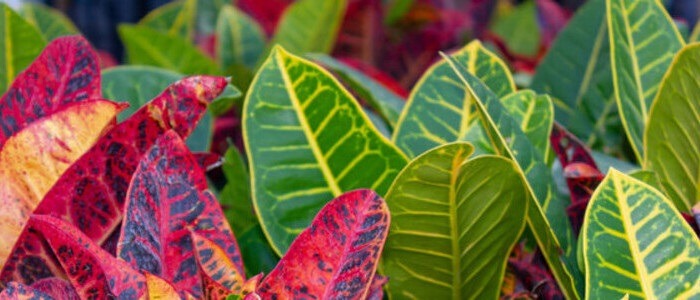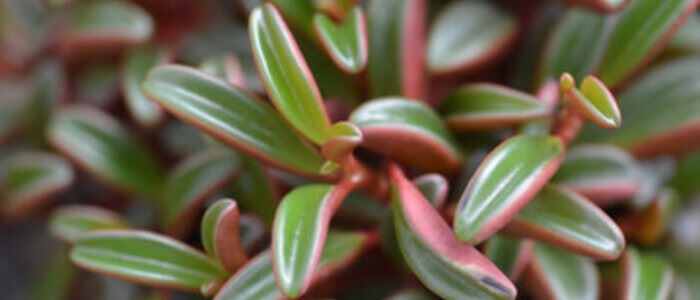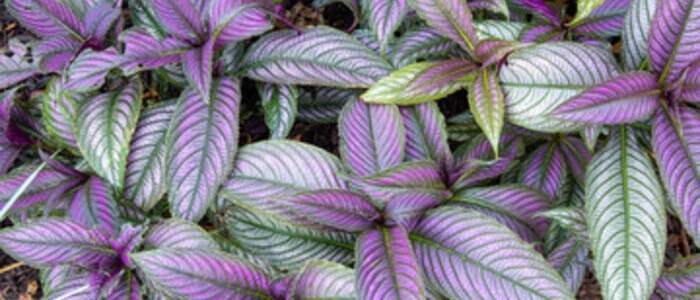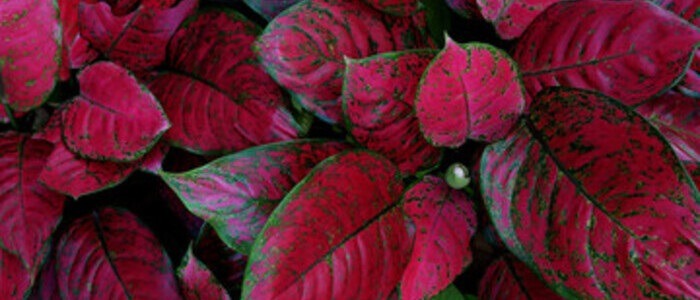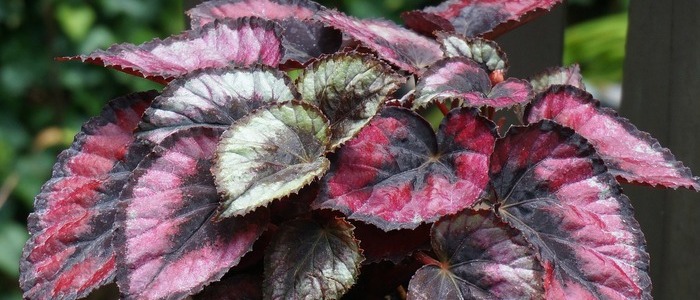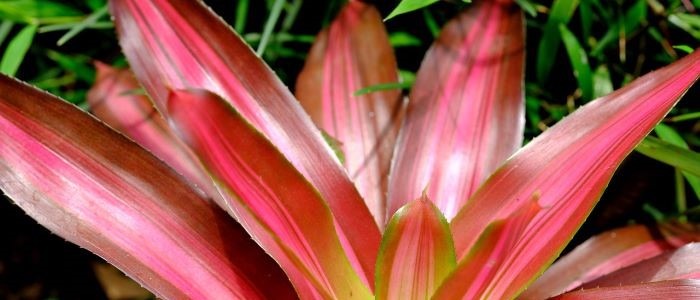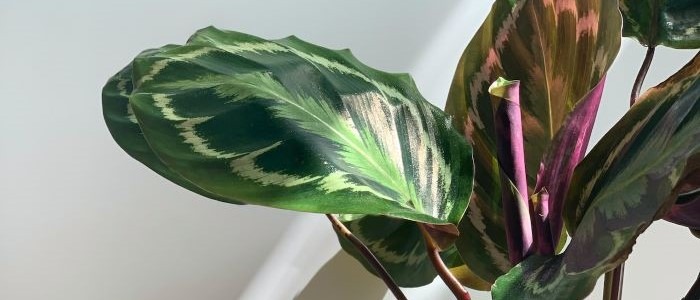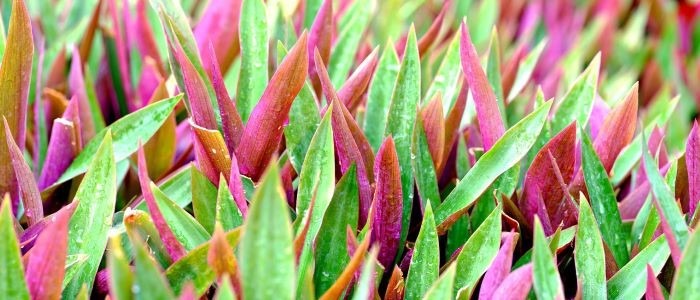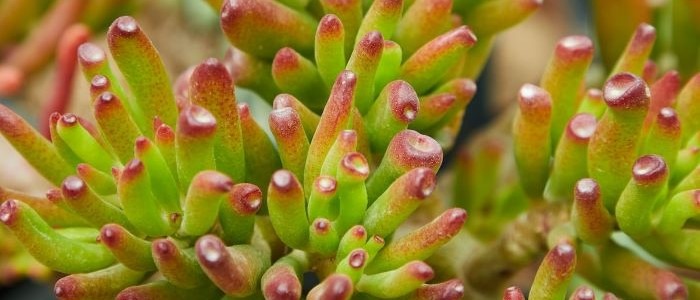When you take into account the vibrant beauty and extended blooming season of the Heliconia plant, it’s easy to see why so many people are eager to add a few heliconia’s into their home or garden. Whether you’re a beginner or an experienced gardener, this guide will provide you with all the information you need to successfully grow and care for your Heliconia plant.
Throughout this blog, we’ll discuss topics such as the specific environmental requirements of heliconia plants, propagation techniques, proper potting methods, and more. So if you’re ready to learn more about how to grow and care for your own heliconia plant, let’s get started!
.

Heliconia Plant Frequently Asked Questions
Can Heliconia's grow in pots and containers?
Yes, you can grow heliconia's in pots and containers, but you'll need a sizable pot with excellent drainage and nutrient-rich soil. To give the plant ample room to grow, use a pot that is at least 18 inches in diameter and 20 inches deep.
Do Heliconia plants like full sun or shade?
Heliconia plants thrive in full sun or partial shade. They require a minimum of six hours of direct sunlight each day, but they can also tolerate some shade. If the plant is grown in a location with too much shade, it may not produce as many flowers or grow as tall as it would in full sun.
How to Care for the Heliconia Plant
If you’re looking for a splash of color in your home, the Heliconia plant is an ideal choice. This tropical beauty comes in a variety of vibrant colors ranging from red to yellow and orange – perfect for adding a burst of life to any room! Plus, caring for these plants is relatively easy. Here’s how to successfully care for your Heliconia plant.
First, give it plenty of bright, indirect sunlight – a few hours each day in an east or west-facing window should do the trick! The leaves should be kept moist but not soggy. Water your Heliconia plant once or twice a week and make sure the soil is always slightly damp. Be sure to avoid overwatering as this can cause root rot and other problems.
If you want your Heliconia plant to produce flowers, it’s important to provide the right nutrients. Feed your Heliconia plant a balanced fertilizer every two weeks throughout the spring and summer months, using one that is especially formulated for flowering plants.
The Heliconia plant should also be rotated every few weeks to keep it from leaning in one direction due to the light source. This will help to ensure that all sides of the plant get equal amounts of sunlight, and help promote even growth.
Finally, repot your Heliconia plant as needed – usually once every two years or so. This will help to keep it healthy and encourage new growth.
With just a few simple steps, you can enjoy the beauty and vibrant colors of the Heliconia plant in your home for many years to come!
Propagating the Colorful Tropical Heliconia plant
If you’re looking to add some bright and vibrant color to your home garden, a Heliconia plant may be just what you need! Native to the tropics, Heliconia’s are a type of flowering plant known for their colorful blooms and lush foliage. Propagating these plants is relatively easy and can be done in either soil or water.
Soil propagation is the most popular method of propagating Heliconia’s as it results in a stronger root system for the plant and increases its chance of survival. To propagate using this method, you’ll need to purchase a Heliconia cutting from a garden center or online supplier. The cutting should have at least one leaf or bud and be as fresh as possible. Place the cutting in a pot filled with moist soil, making sure there is good drainage. Then water regularly and keep it in a bright spot, preferably out of direct sunlight. After a few weeks, you should see new roots and leaves sprouting from the cutting.
Water propagation is another method that can be used for Heliconia’s, although it is not as popular as soil propagation. To propagate using this method, take a cutting that has at least one leaf or bud and place it in a jar of water. Change the water every few days to ensure freshness and keep in a bright spot out of direct sunlight. Roots should start forming within a few weeks. Once the roots have reached a few inches in length, you can then transfer the cutting into soil and continue to care for it as normal.
Propagating Heliconia’s is an easy and rewarding way to add some color to your garden. With just a bit of patience and care, you can enjoy these vibrant blooms for years to come!
Tips for Pruning Pruning the Heliconia Plant
Are you looking to add a tropical touch to your home but don’t know where to start? Look no further than the beautiful and vibrant heliconia plant! Also known as the lobster-claw or false bird of paradise, these plants are sure to bring a burst of color into any room. Pruning is an important part of caring for your heliconia, and doing it correctly will ensure that your plant continues to dazzle. Let us show you how!
First, prepare the area around the heliconia plant. Make sure there’s plenty of space to work so that you won’t damage the nearby plants or flowers. Remove any dead leaves from the base of the plant as well.
Next, take out your pruning tools. A pair of bypass pruners or loppers are best for this job since they allow you to get into tight spaces and snip off individual stems with precision. Make sure your tools are sharp so that you can make a clean cut without damaging the heliconia’s delicate leaves and fragile branches.
Now it’s time to start pruning! Begin by removing any dead, diseased, or overgrown stems from the base of the plant. If there are multiple stems growing from one spot, choose the strongest-looking one and snip off the others at their base. This will encourage healthier growth and more vibrant blooms.
When it comes to the flowering stems, you’ll want to focus on removing any that are past their prime or else the plant won’t be able to put its energy into making new blooms. Identify these by looking for brown, faded leaves near the stem base. You can also prune off any stems that are growing in the wrong direction or getting too tall.
Finally, give your heliconia plant some fertilizer and water regularly to ensure that it gets the nourishment it needs for healthy growth. With these simple steps, your plant will be looking its best in no time!
Common Problems Found in the Heliconia Plant
Heliconia plants are a popular choice for many gardens, and it’s not hard to see why. They boast vibrant colors and unique blooms that will add a bit of tropical flair to any landscape. However, like most other species, they can be prone to occasional problems if you don’t take proper care of them. Here are some of the most common problems with heliconia plants and how to resolve them:
1. Too Much Sun Exposure – Heliconia’s prefer partial sun, but too much exposure can cause their leaves to become scorched and discolored. If this happens, move your plant to a shadier spot or add a cloth covering on hot days to help protect it from the sun.
2. Not Enough Water – Heliconia’s love water, but if they don’t get enough of it, their leaves will start to yellow and drop off. Make sure you’re providing your plant with at least one inch of water per week during the growing season, and pull back a bit during the winter months.
3. Pest Infestation – Heliconia plants can be susceptible to pests like aphids, mites, and mealybugs. If you detect any of these critters on your plant, use a natural insecticidal soap or neem oil solution to get rid of them quickly and effectively.
4. Disease – Heliconia’s can suffer from a variety of diseases, such as blight and rust. To prevent disease, make sure you’re providing your plant with the right amount of water and nutrients, and avoid overcrowding your garden beds.
By following these tips, you can help ensure that your heliconia plants stay healthy and vibrant for many years to come. Plus, you’ll reap the rewards of enjoying their stunning beauty all season long!
Conclusion
At the end of the day, heliconia’s also known as Lobster-claws are a beautiful and unique way to add a tropical touch to your home. With proper care and attention, these plants can thrive for years to come. They need plenty of sunlight and moisture in order to stay healthy and vibrant. Be sure to give them enough water, but also make sure not to overwater them. Fertilizing regularly will also help your heliconia plant stay healthy and blooming year-round. With the right care, these beautiful plants can add a bright splash of color to any home! Thanks for reading and happy gardening!
By following these tips, you should be able to keep your heliconia plants healthy and vibrant for years to come. With their unique beauty and splash of color, they are a great addition to any home!
Other Multi-color Houseplants

